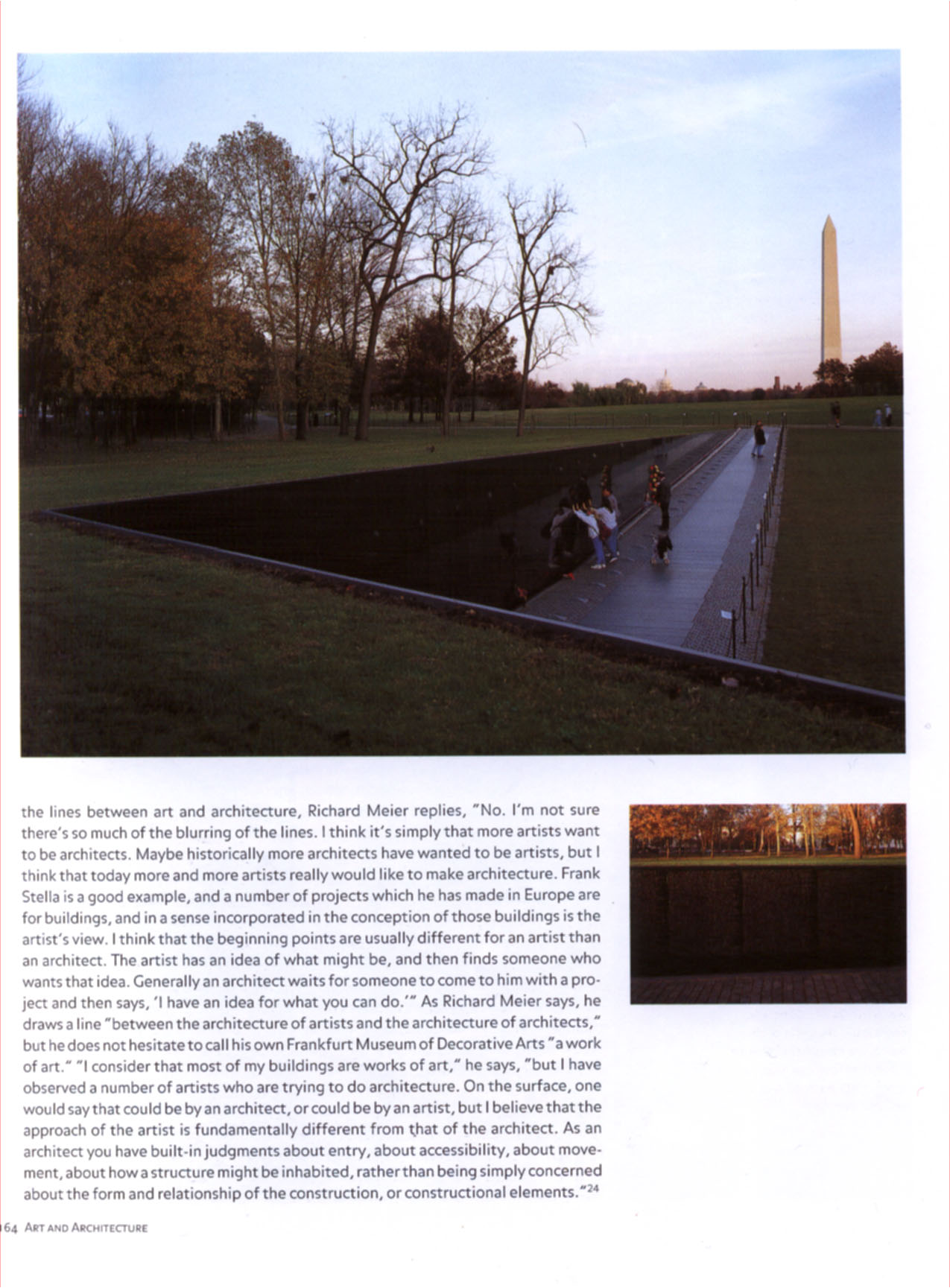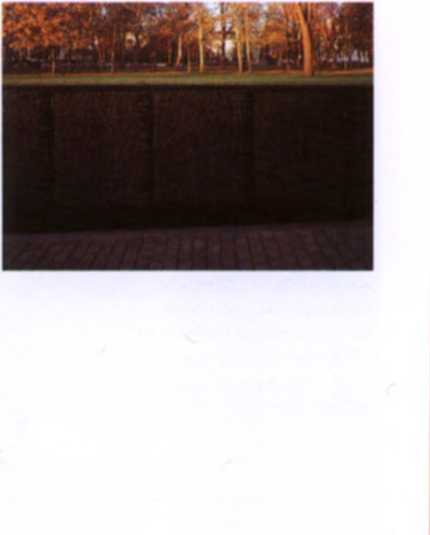50770 New Forms Taschen 154


the lines between art and architecture, Richard Meier replies, "No. I'm not surę there's so much of the blurring of the lines. I think it's simply that morę artists want to be architects. Maybe historically morę architects have wanted to be artists, but I think that today morę and morę artists really would like to make architecture. Frank Stella is a good example, and a number of projects which he has madę in Europę are for buildings, and in a sense incorporated in the conception of those buildings is the artist's view. I think that the beginning points are usually different for an artist than an architect. The artist has an idea of what might be, and then finds someone who wants that idea. Generally an architect waits for someone to come to him with a pro-ject and then says, 'I have an idea for what you can do." As Richard Meier says, he draws a linę "between the architecture of artists and the architecture of architects," but he does not hesitate to cali his own Frankfurt Museum of Decorative Arts "a work of art." 'I consider that most of my buildings are works of art," he says, "but I have observed a number of artists who are trying to do architecture. On the surface, one would say that could be by an architect, or could be by an artist, but I believe that the approach of the artist is fundamentally different from that of the architect. As an architect you have built-in judgments about entry, about accessibility, about move-ment, about how a structure might be inhabited, rather than being simply concerned about the form and relationship of the construction, or constructional elements."24

164 Art and Architecture
Wyszukiwarka
Podobne podstrony:
New Forms Taschen 002 The decade sińce the mid-1980s has seen an unparalleled surge in architectural
New Forms Taschen 048 Transport, Communications, Tali Buildings and the Urban Nomad Continuing urban
New Forms Taschen 183 UH Steven Holi D.E. Shaw and Company Office New York. New York. 1991-92 The re
New Forms Taschen 187 the work of Hermann Finsterlin. Deborah Dietsch brings these Johnson reference
68032 New Forms Taschen 007 The Magnificent Seven It was no accident that the seven architects chose
71714 New Forms Taschen 159 Right Frank Stella "Watson and the Shark” Aluminum on iron base Ove
60530 New Forms Taschen 086 JaparTs Thirst for Art The economic miracle of Japan. although dulled
więcej podobnych podstron